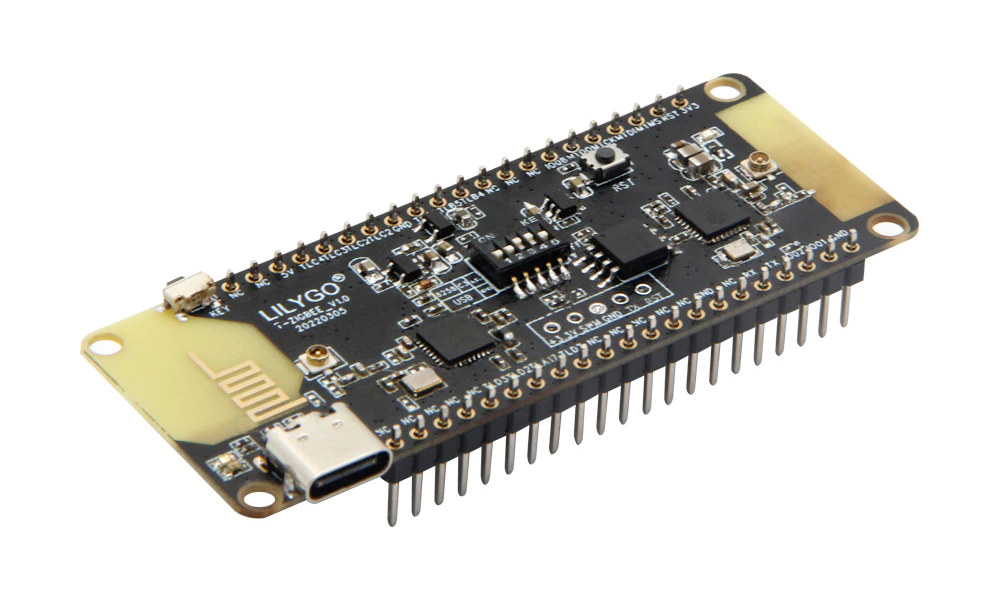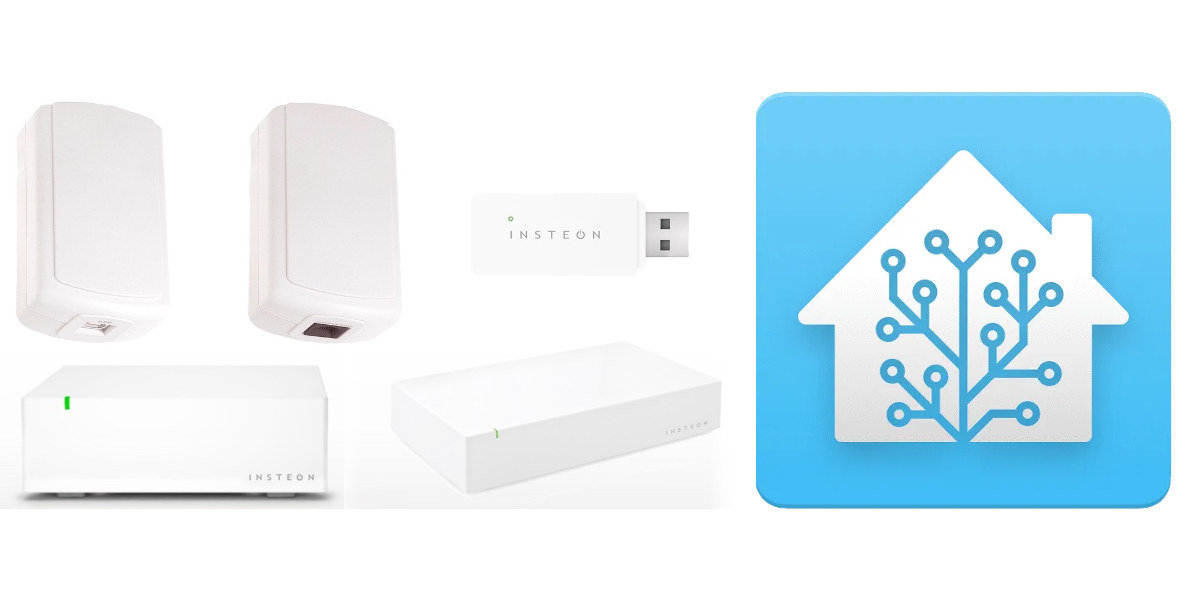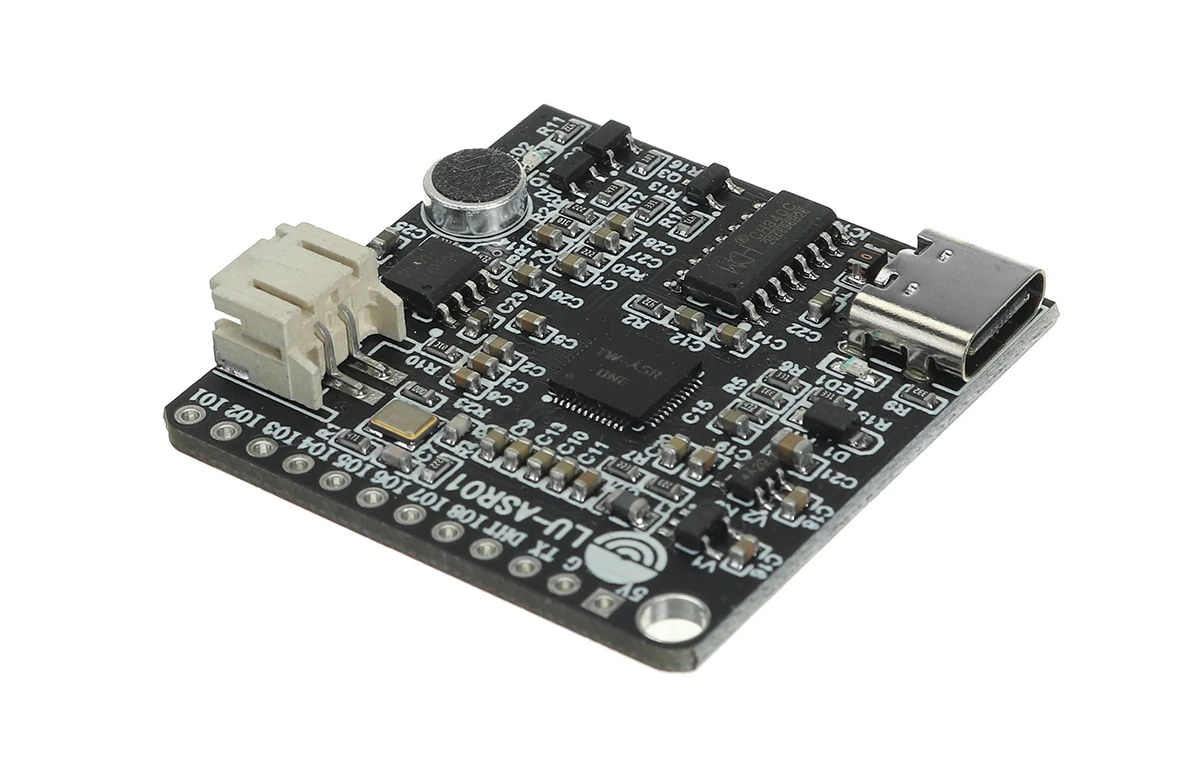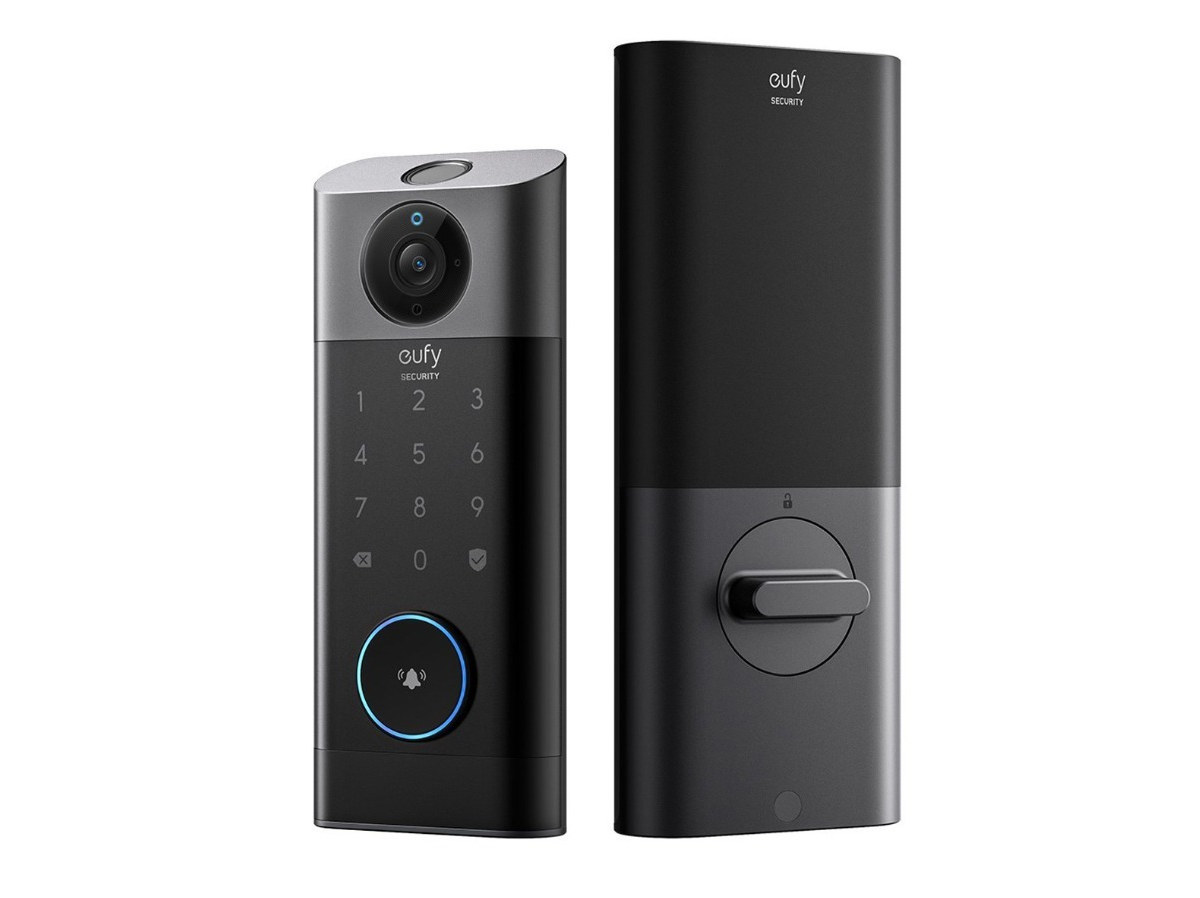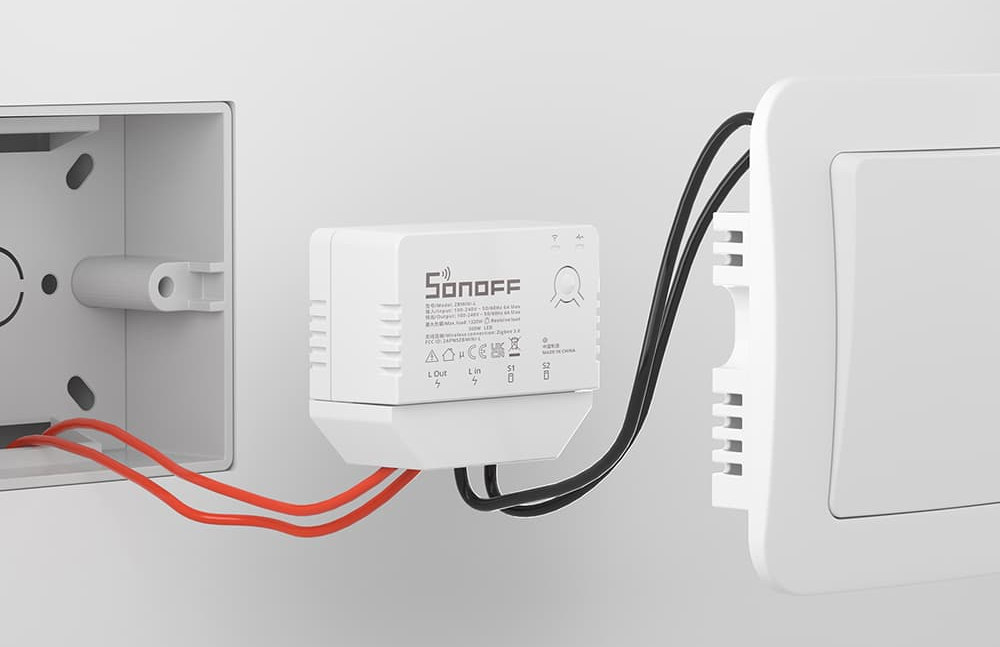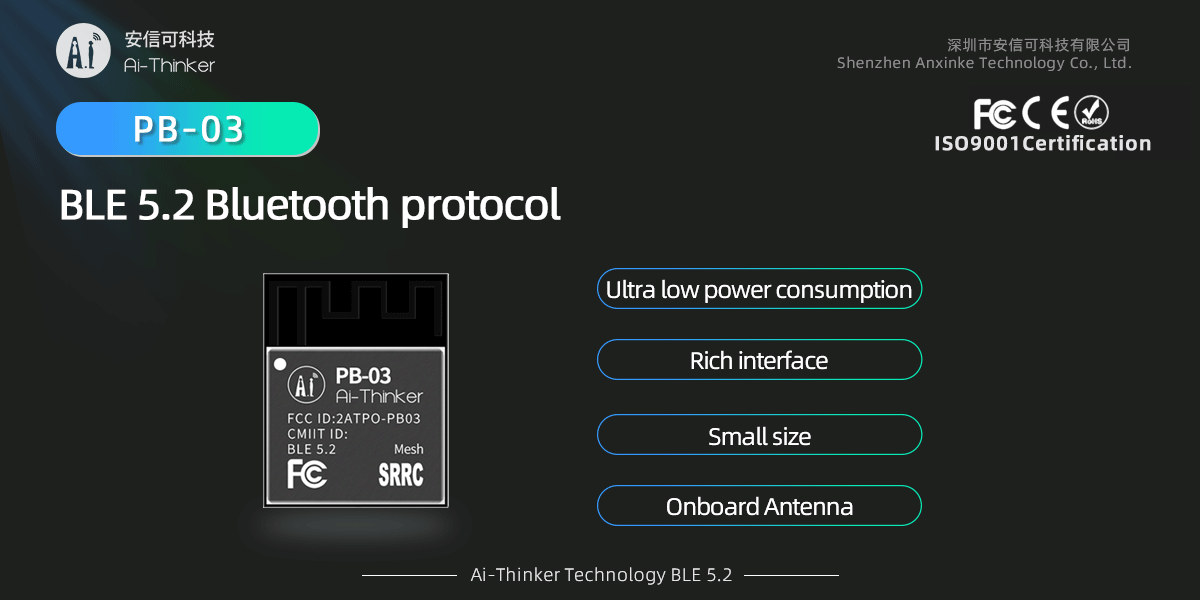LilyGO T-Zigbee board combines ESP32-C3 WiFi and BLE wireless microcontroller and Telink TLSR8258 multi-protocol wireless SoC compatible with BLE 5 Mesh, Zigbee, RF4CE, Thread, 6LoWPAN, HomeKit, ANT, and 2.4GHz proprietary standards. As I understand it, T-Zigbee is designed to act as a Zigbee to WiFi bridge, and is compatible with Zigbee2MQTT and Home Assistant, allowing easy integration into your home automation setup. Based on the hardware, I’d assume it may be usable as a BLE to MQTT gateway as well, in a fashion similar to GL.inet GL-S10 gateway, for people willing to work on the software/firmware. T-Zigbee specifications: Wireless MCUs Espressif Systems ESP32-C3 RISC-V processor with WiFi 4 and Bluetooth 5.0 LE connectivity Telink Semiconductors TLSR8258 (PDF product brief) Arm Cortex-M0 multiprotocol microcontroller @ 48 MHz with BLE 5 Mesh, Zigbee, RF4CE, Thread, 6LoWPAN, HomeKit, ANT, and 2.4GHz proprietary connectivity Antennas – 2x PCB antennas, 2x u.FL antenna connectors USB […]
Home Assistant gives new life to Insteon Smart Home products following Smartlabs bankruptcy
Smartlabs used to sell Insteon Smart Home products, but the company is now in bankruptcy proceedings, its cloud has been turned off, and users have reported their products not working since April 14. Going to Insteon website confirms the problem: …the company engaged in a sales process in November, 2021. The goal was to find a parent for the company and continue to invest in new products and the technology. The process resulted in several interested parties and a sale was expected to be realized in the March timeframe. Unfortunately, that sale did not materialize. Consequently, the company was assigned to a financial services firm in March to optimize the assets of the company. IoT and Smart Home products going offline are nothing new, either because the company is going bankrupt or the product is not profitable anymore. It happens to me with Weloop Hey 3S smartwatch which I still […]
$8 LU-ASR01 offline speech recognition board features “TW-ASR ONE” chip
LU-ASR01 is a board capable of offline speech recognition with a built-in microphone, a speaker connector, twelve through holes for GPIOs and a temperature sensor interface for DHT11/DS18B20, plus a USB Type-C port for power and programming. At first, I thought it might be based on the Unisound US516P6 microcontroller which we’ve seen on some inexpensive offline speech recognition modules, but the chip looks completely different, with the marking TW-ASR ONE. So let’s investigate… LU-ASR01 board specifications took some effort, but here’s what I’ve managed: MCU – TW-ASR ONE (aka TWen ASR ONE) microcontroller with 4MB flash, 512KB RAM, and a BNPU for voice processing; package: QFN48L (6x6x0.85mm) Audio I/O Built-in microphone 2-pin speaker header plus 3W power amplifier for 4Ω/3W speaker Voice recognition Up to 10 meters wake-up range 98% ultra-high recognition rate Customizable to 5 wake-up words and 200 recognition words USB – 1x USB Type-C port for […]
OASIS – ROS 2 based Smart Home operating system integrates with Kodi
OASIS is a Smart Home operating system based on ROS 2 that currently implements computer vision, input streaming, and general automation features, and can be integrated into Kodi media center. The operating system was recently released by Garrett Brown (a.k.a. garbear or eigendude), who is also known for being the RetroPlayer developer from Team Kodi/XBMC, and provides a complete implementation of the Firmata protocol for communicating with Arduino boards, plus additional support for temperature and humidity sensors, I2C, servos, sonar, SPI, stepper motors, and 4-wire CPU fans. Two main use cases are computer vision and input streaming at this time. The illustration above shows the former with the Kinect 2 driver ported to ROS 2, a background subtractor on all camera feeds using bgslibrary C++ background subtraction library, and Kodi as the visual interface. The second, input streaming, can be seen below with a Lego train (including a Falcon spaceship!) […]
Eufy Security Video Smart Lock is a 3-in-1 doorbell, security camera, and door lock (Crowdfunding)
Smart Home security may involve a door lock, a doorbell, and a security camera, but instead of providing three different devices, Eufy Security Video Smart Lock combines all three features into a single device that can be installed on your front door. The device’s smart lock can be opened via a fingerprint scanner, an Android app, or voice commands through Alexa or Google Assistant, while you can watch the feed from the integrated 2K camera through the app whenever motion detection, combined with human detection, detects visitors. Eufy Security Video Smart Lock key features: 2K video camera with 160° field-of-view, 4:3 aspect ratio, 4 LEDs for night vision Video storage – Stored locally with SD card in the Chime (Gray box in the photo below), optional cloud storage coming Fingerprint sensor with 0.3s unlock, self-learning algorithm PIR and Radar motion detection, human detection, Range: 6 meters Auto-lock after up to […]
Dragino LDS02 LoRaWAN door and window sensor offers long range and battery life
Home automation usually relies on short-range wireless standards such as Bluetooth LE, Zigbee, or WiFi, sometimes with the help of repeaters for larger houses. But if you need to monitor large houses, several houses on a piece of land, or apartments, you’d be glad that you can also do so, at least for doors and windows, with LoRaWAN using Dragino LDS02 sensor. The LDS02 sensor will work like your typical wireless door/window sensor, detection when those are opened and closed, and for how long, but will offer a much longer range of up to 2km in urban settings, as well as battery life meaning it could last for years depending on the frequency of door/window events, as well as uplink frequency configuration. Dragino LDS02 LoRaWAN door sensor specifications: Based on SX1262 LoRa transceiver LoRaWAN v1.0.3 Class A Bands – CN470, EU433, KR920, US915, EU868, AS923, AU915, IN865 Door Open/Close detection […]
SONOFF ZBMINI-L Zigbee 3.0 Smart Switch works without neutral wire
When using a wireless switch like SONOFF T2 a connection to the neutral wire is needed to power the device, but this is not always feasible/practical as many lights as cabled without a neutral wire. SONOFF ZBMINI-L Zigbee 3.0 smart switch solves this issue as it does not require a neutral wire. Simply connect the two wires for the light and you are good to go. ITEAD says its solution does not require an extra anti-flicker module and relies on an “advanced electricity extraction technique”. SONOFF ZBMINI-L specifications: Connectivity – Zigbee 3.0 via TI CC2652P, up to 50 meter range (line of sight) Input – 100-240V 50/60Hz up to 6A Output – 100-240V 50/60Hz up to 6A Max. Load Resistive – 1380W Max @ 230V, 720W Max @ 120V LED – 300W Max @ 230V, 150W Max @ 120V Dimensions – 54 x 45 x 24mm (supports 35mm DIN Rail […]
PB-03 – A Bluetooth LE 5.2 module for the Smart Home, wearables, IoT, etc… (Sponsored)
What changes does Bluetooth LE 5.2 (BLE 5.2) bring? Maybe PB-03 module can tell you. PB-03 is a BLE module developed by Shenzhen Ai-Thinker Technology based on PHY+ PHY6252 32-bit microcontroller (see PDF datasheet) that offers high integration and low power consumption down to 0.3uA in OFF mode, and is well suited to various applications such as IoT, mobile devices, wearable electronic devices, and smart homes. PB-03 module’s highlights Ai-Thinker PB-03 provides an upgrade to earlier PB-01/02 modules with the following highlights: MCU – PHY6252 microcontroller with 256KB flash, 64KB SRAM Supports BLE 5.2 and Bluetooth Mesh Equipped with an on-board PCB antenna Up to 2 Mbps data rate I/Os – UART, PWM, ADC, I2C, SPI, PDM, DMA, and up to 19 IOs. Security – AES-128 encryption hardware Power consumption (PHY6252) 0.3uA @ OFF Mode (IO wake up only) 1uA @ Sleep Mode with 32KHz RTC 3.5uA @ Sleep Mode […]


